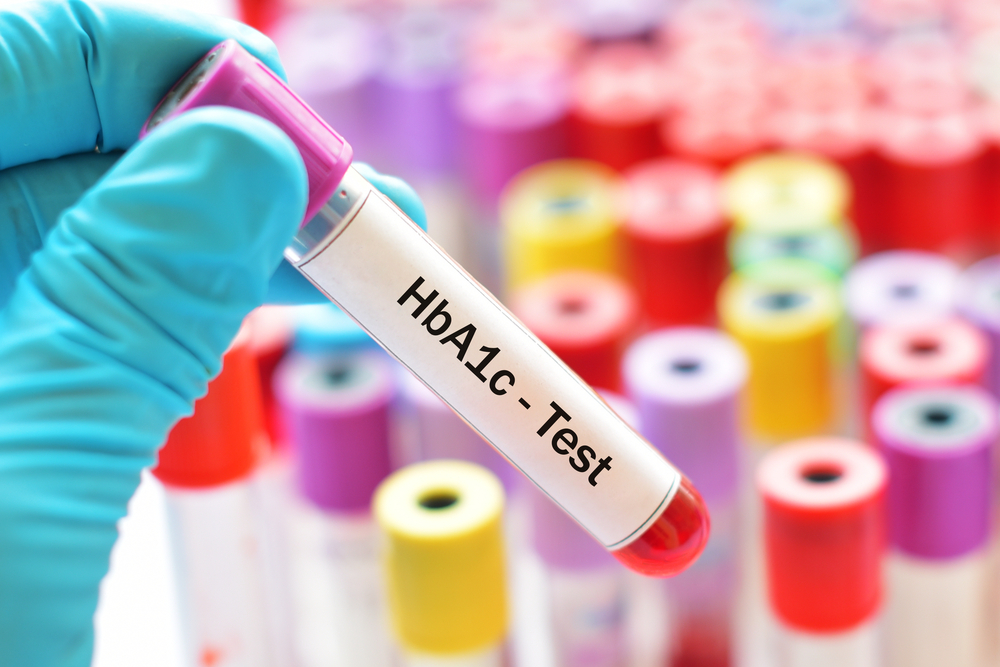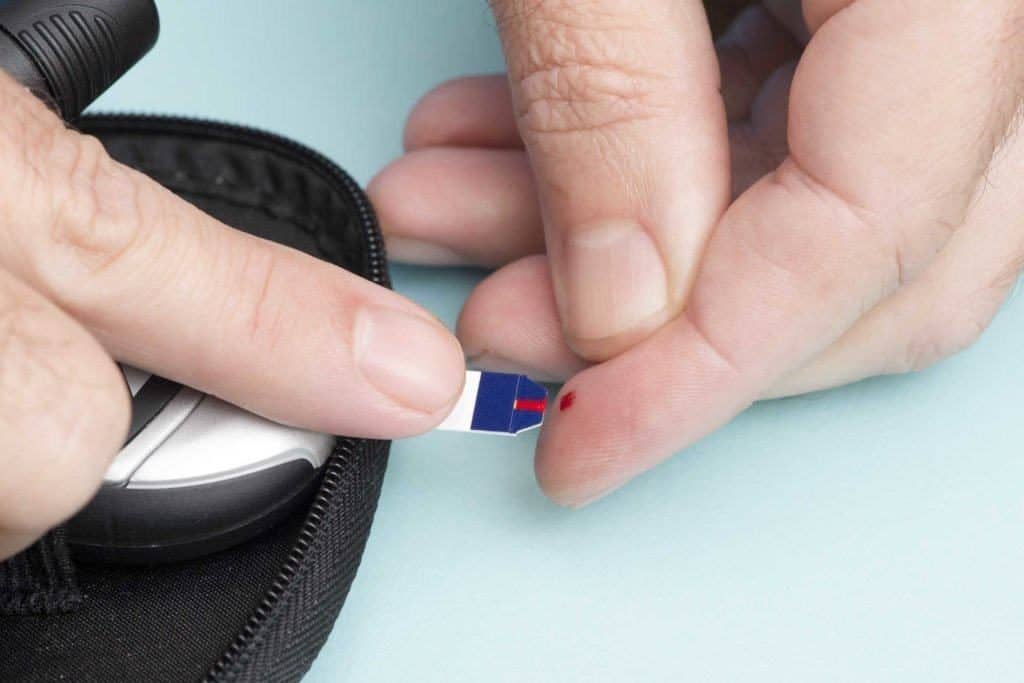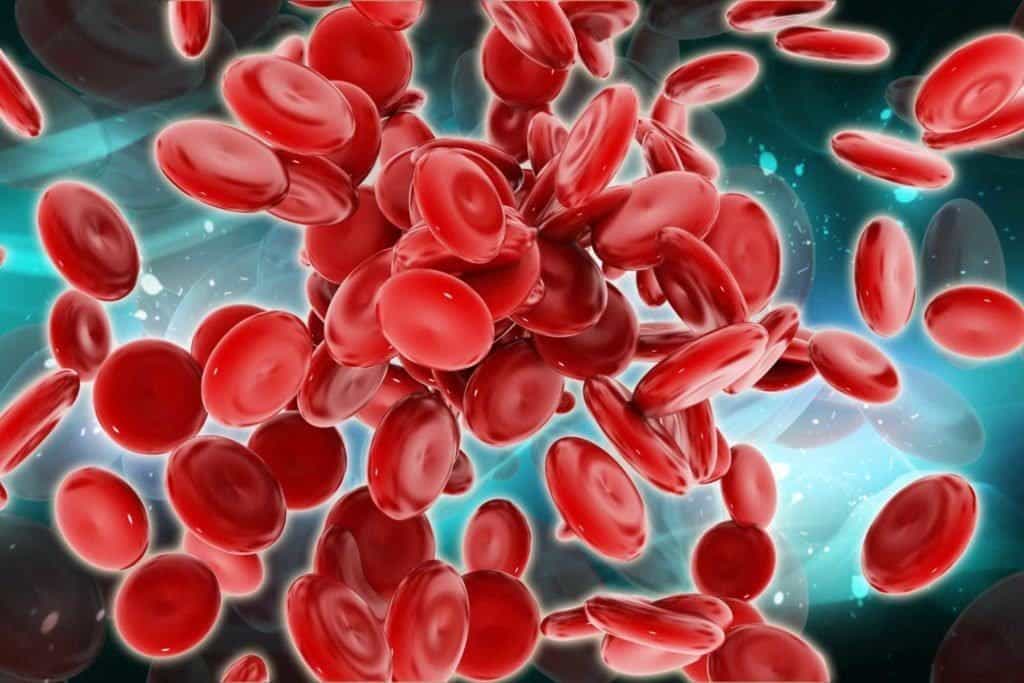Contents:
- Medical Video: Diabetes A1c Test
- What is HbA1c?
- HbA1c examination can monitor the discipline of diabetic patients in controlling blood sugar
- What is the normal level of HbA1c?
- The importance of maintaining HbA1c levels
Medical Video: Diabetes A1c Test
For those of you who have diabetes, you may have been asked to do an HbA1c examination. This health test is apparently done to help monitor your blood sugar levels.
Diabetes mellitus or diabetes is a disease that requires patients to discipline their diet and diligently take medication. The problem is that doctors cannot control how you live while at home.
There is indeed a fasting blood sugar check to diagnose diabetes. However, the examination is not appropriate when used to monitor how disciplined you are in maintaining your lifestyle and blood sugar levels.
That is why HbA1c examination is usually the choice for doctors and health workers to ascertain whether you have been disciplined enough.
What is HbA1c?
HbA1c (hemoglobin A1c) or glycated hemoglobin is hemoglobin which binds to glucose (sugar). In the blood glucose naturally binds to each other with hemoglobin in the red blood cells.
The amount of HbA1c is indeed balanced with blood sugar levels. So, the higher the blood sugar level, the higher the HbA1c level. HbA1c can measure your average blood sugar level for three months.
HbA1c examination can monitor the discipline of diabetic patients in controlling blood sugar
Red blood cells in your body are two to three months old. Dead red blood cells, including those that have binding to glucose, will be replaced by new red blood cells that have not yet bonded with glucose.
Now, new diabetic patients will usually undergo HbA1c examination for the first time as a baseline. Then the HbA1c examination will be repeated within three months.
If your blood sugar level is well controlled for three months, then the HbA1c level will decrease compared to the previous 3 months. If you are not disciplined in maintaining a good diet and taking medication regularly, of course HbA1c levels will remain high.
What is the normal level of HbA1c?
You are said to be free of diabetes mellitus if the HbA1c level is less than 6 percent. If your HbA1c level is between 6 and 6.4 percent, you are in the prediabetes category. You already have to make lifestyle changes so you don't become diabetic.
Meanwhile, if your HbA1c level is more than 6.5 percent, then you have entered the category of diabetes mellitus. More specifically, consider the following categories of HbA1c examination results.
- Normal: < 6,0%
- Prediabetes: 6,0 – 6,4%
- Diabetes: ≥ 6,5%
For people with diabetes mellitus themselves, it is generally expected that with good treatment HbA1c levels can fall to 6.5 percent.
The importance of maintaining HbA1c levels
People with diabetes mellitus have a high risk of complications. By reducing HbA1c levels, you can help yourself reduce the risk of these complications
Two studies, namely the UK Prospective Diabetes Study and Diabetes Control and Complications Trial, showed that reducing the HbA1c level by one percent for type 1 or type 2 diabetes patients could reduce the risk of complications of small blood vessel damage by 25 percent. These complications include:
- Retinopathy, namely disorders of the retina of the eye
- Neuropathy, which is a disorder of the nerves, especially at the fingertips which often makes the hands tingling
- Diabetic nephropathy, namely kidney disease due to diabetes
Research also shows that patients with type 2 diabetes with reduced HbA1c levels of one percent can help reduce the likelihood:
- Cataract
- Heart failure
- Amputation because of diabetic gangrene












